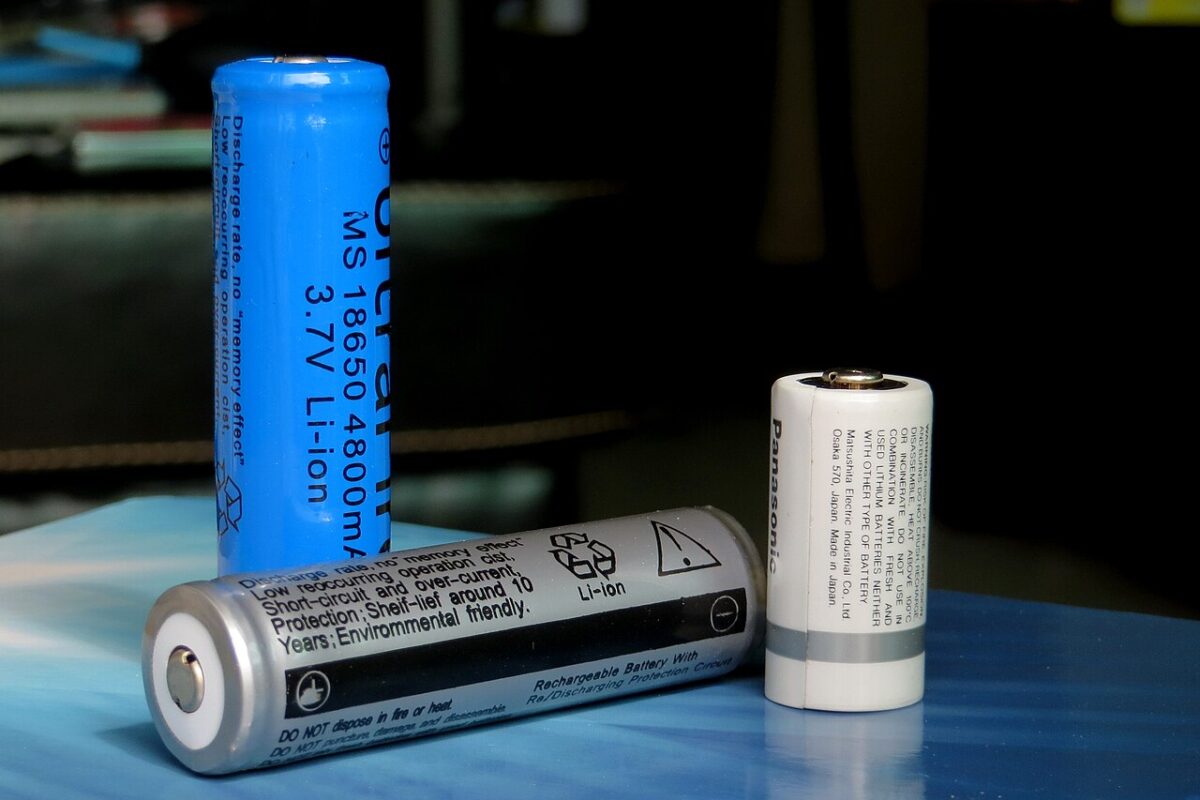A group of scientists from the University of New South Wales (UNSW), SMA Australia, and Gentari Solar Australia demonstrated a novel method for daylight photoluminescence (DPL) imaging using a commercially available inverter to switch the operating point of a PV array.
“The method enables rapid and high-quality luminescence image acquisition during the day, unlocking efficient performance and quality monitoring without the need to connect specific electrical hardware or to make any modifications to the system wiring,” the research group said, noting it can be applied to both rooftop and large scale PV systems.
The proposed approach is based on a technique in which the emitted luminescence is varied by manipulating the electrical operating point of modules, and a photoluminescence (PL) is obtained as the difference between two images. This can be achieved by obtaining PL images of an open circuit (OC) and the maximum power point (MPP).
Prior to this work, this technique had only been demonstrated with customized equipment on a large scale, while the use of commercially available inverters for the switching had only been done on a small scale. In this study, the commercial inverters were used without modifications to the hardware or firmware.
The demonstration on a rooftop system took place around noon on a sunny April day in Sydney suburbs with an irradiance of 770 W/m2. The rooftop system was a 12 kW array relying on 35 bifacial 350 W glass-glass modules. Each module had 120 half-cell PERC cells with a nominal open circuit voltage of 682 mV per cell. The system was connected, and its switching was controlled, by a 10-kW SMA Sunnyboy Tripower inverter.
“The SMA inverters used in this study allow manipulating the power setpoint settings using a parameter called ‘Active power, manual setpoint,’” explained the group. “The switching of the power output from 100% to zero takes place in less than 150 ms, but due to a long dwell time of about 1.5 s, the overall cycle time is about 3 s. Individual camera images were acquired with exposure times between 15 and 20 ms.”
The utility-scale demonstration took place on a sunny October day, on a 149 MW farm, with an irradiance of 950 W/m2. The farm has 400 W monofacial half-cell modules on single-axis trackers. The modules are made of PERC solar cells with a nominal open-circuit voltage of 690 mV. The operation uses 2.75 MW SMA central inverters of the Sunny Central 2750-EV model. Each inverter was connected to approximately 9,000 modules.
“For the proof of concept of large-scale DPL image acquisition using inverter-based switching reported here, only one 2.75 MW inverter was switched,” explained the academics. “As a precaution, only <60% of the inverter's rated DC power was switched at any time (e.g., between 90% and 30% of maximum power) to avoid potential risks of thermal cycling of the power electronics. In the same context, we note that rather than automated switching.”
Pictures, in this case, were taken from a remotely piloted aircraft (RPA). On the RPA, an Indium Gallium Arsenide (InGaAs) camera (1,280 on 1,024-pixel resolution) was mounted. The same camera was also used in the rooftop demonstration. Each image was acquired with an exposure time of 15 ms.
“It was shown that close-up high-resolution and high-quality images of individual modules in a rooftop system enable the detection of microcracks and individual cell-level defects,” the scientists said. “In contrast, RPA-based overview images of large sections of farms allow the detection of coarse module and system-level defects while close-up images enable the detection of even cell-level defects.”
Furthermore, the researchers highlighted that quantitative analysis enables accurate assessment of voltage variations within and between modules. “The capabilities demonstrated here, and in future work, may compel inverter manufacturers to make the required switching capabilities more readily accessible (e.g., via firmware updates) in the not-too-distant future,” they said.
The novel method was presented in the paper “Daylight photoluminescence imaging of photovoltaic systems using inverter-based switching,” published in Progress in Photovoltaics.
This content is protected by copyright and may not be reused. If you want to cooperate with us and would like to reuse some of our content, please contact: editors@pv-magazine.com.



By submitting this form you agree to pv magazine using your data for the purposes of publishing your comment.
Your personal data will only be disclosed or otherwise transmitted to third parties for the purposes of spam filtering or if this is necessary for technical maintenance of the website. Any other transfer to third parties will not take place unless this is justified on the basis of applicable data protection regulations or if pv magazine is legally obliged to do so.
You may revoke this consent at any time with effect for the future, in which case your personal data will be deleted immediately. Otherwise, your data will be deleted if pv magazine has processed your request or the purpose of data storage is fulfilled.
Further information on data privacy can be found in our Data Protection Policy.